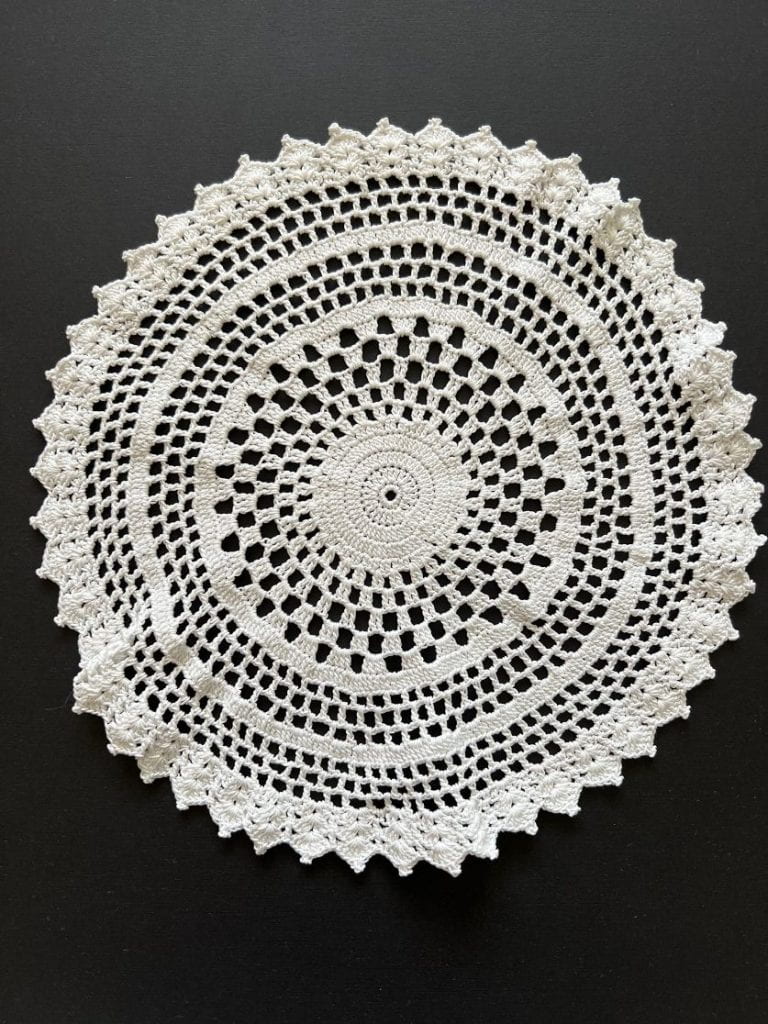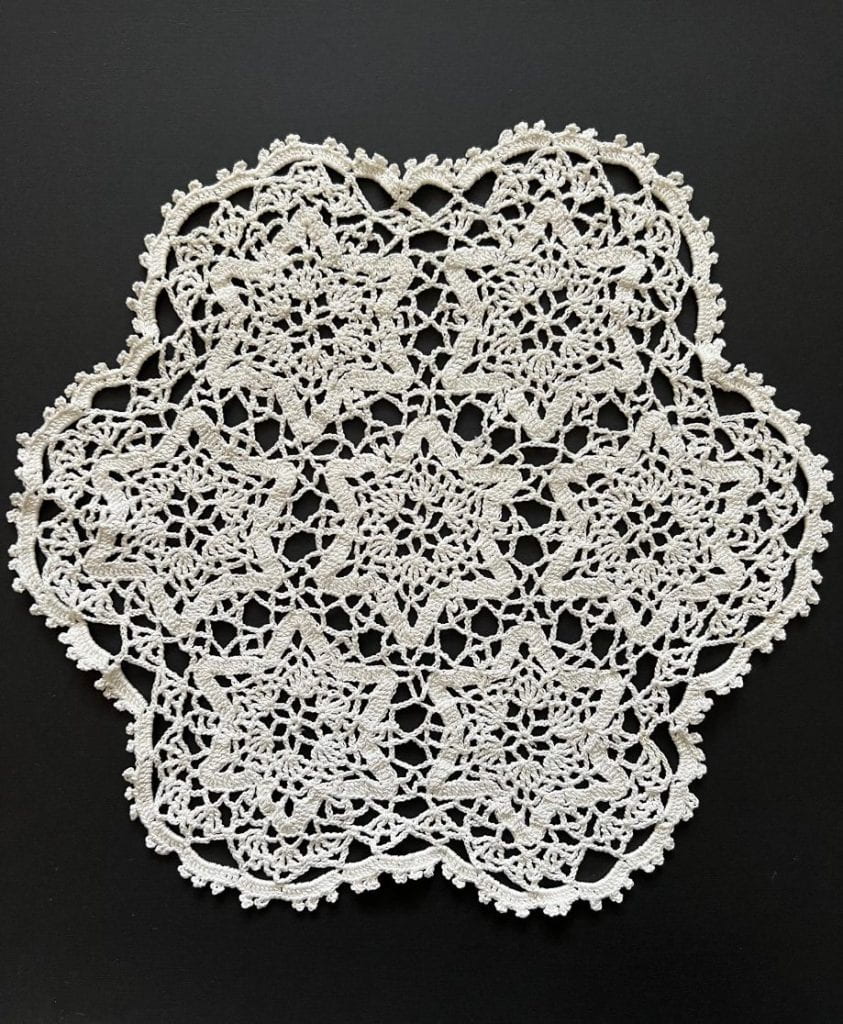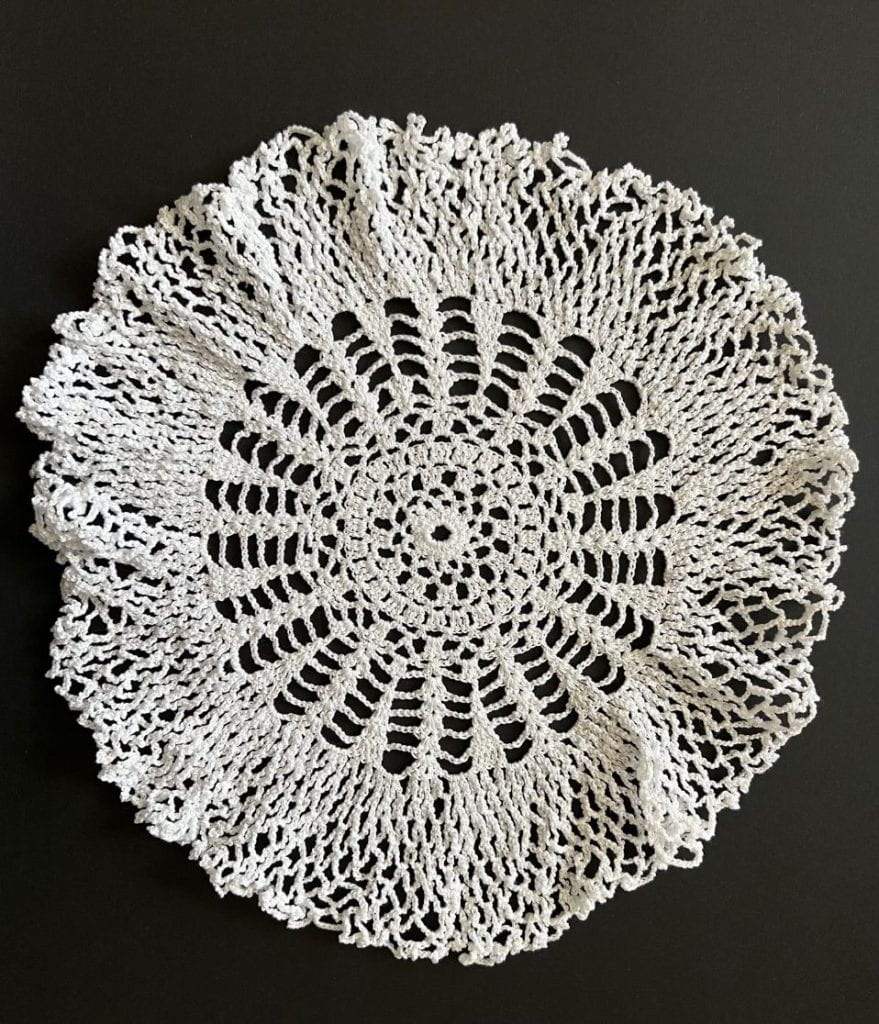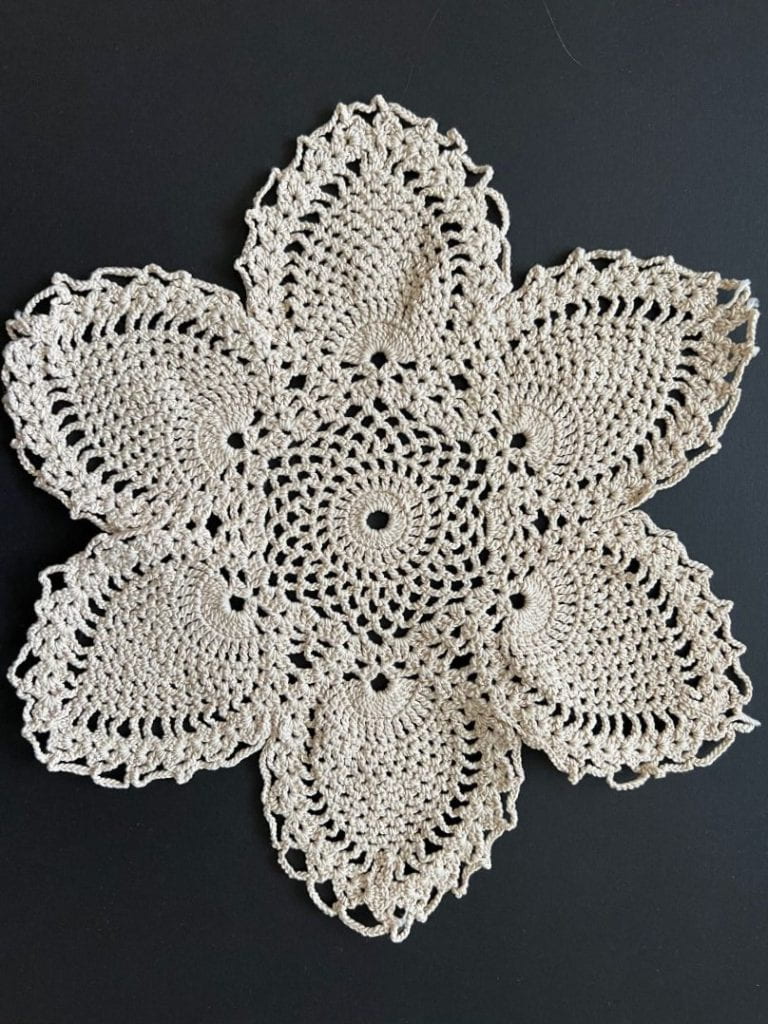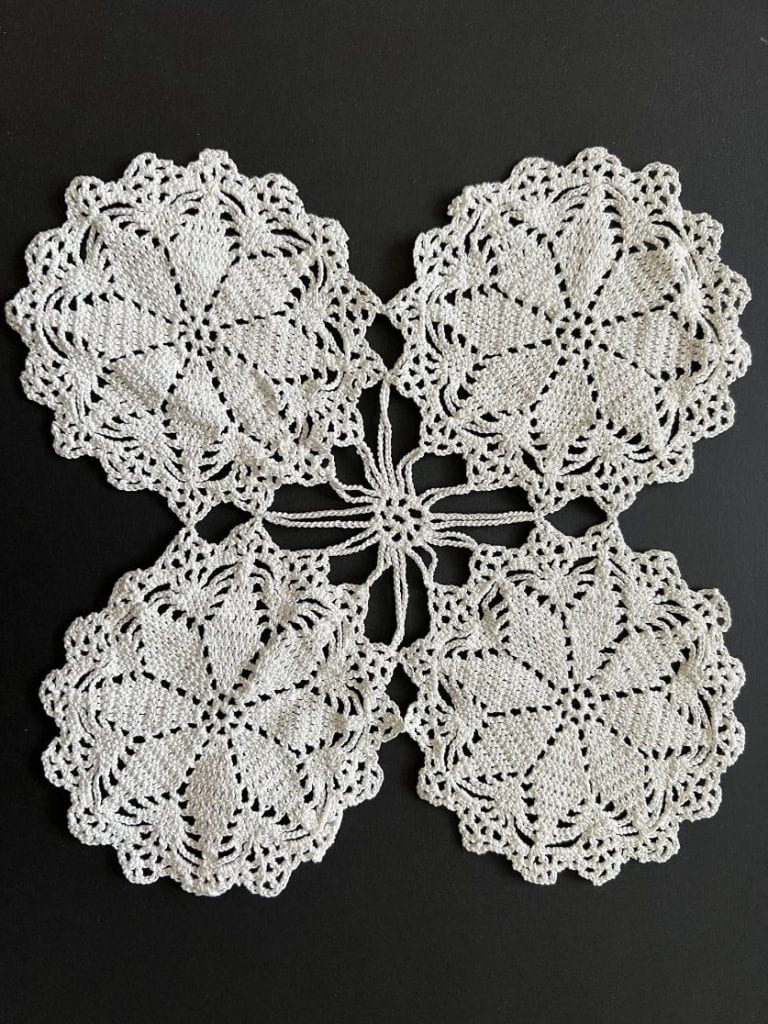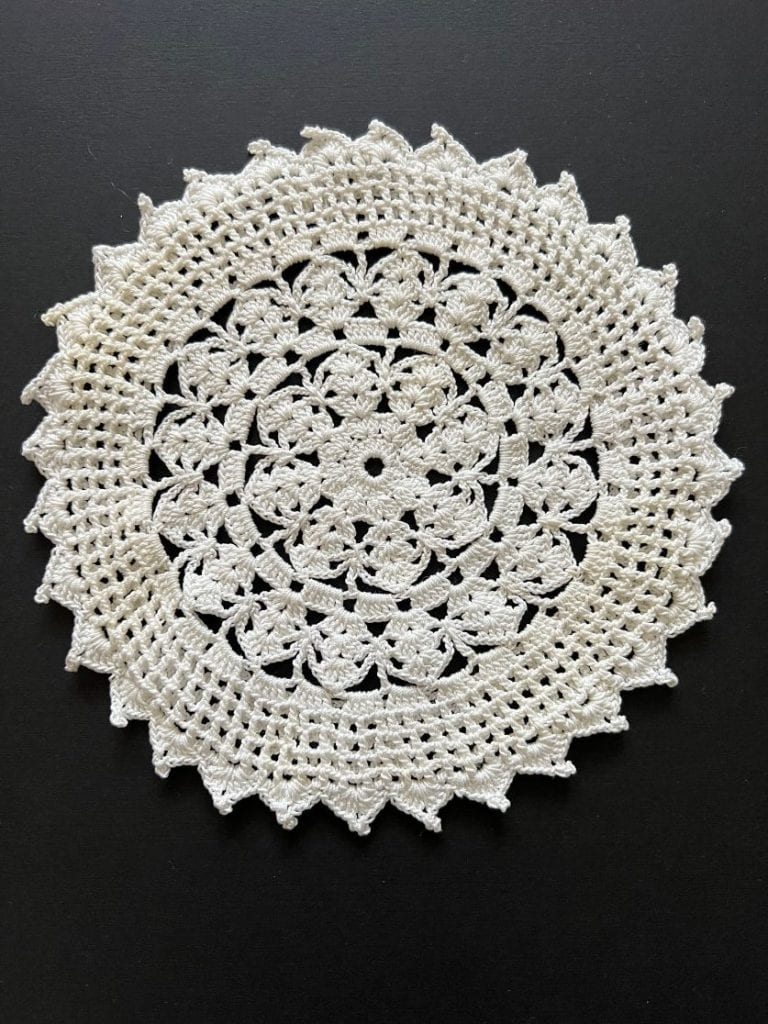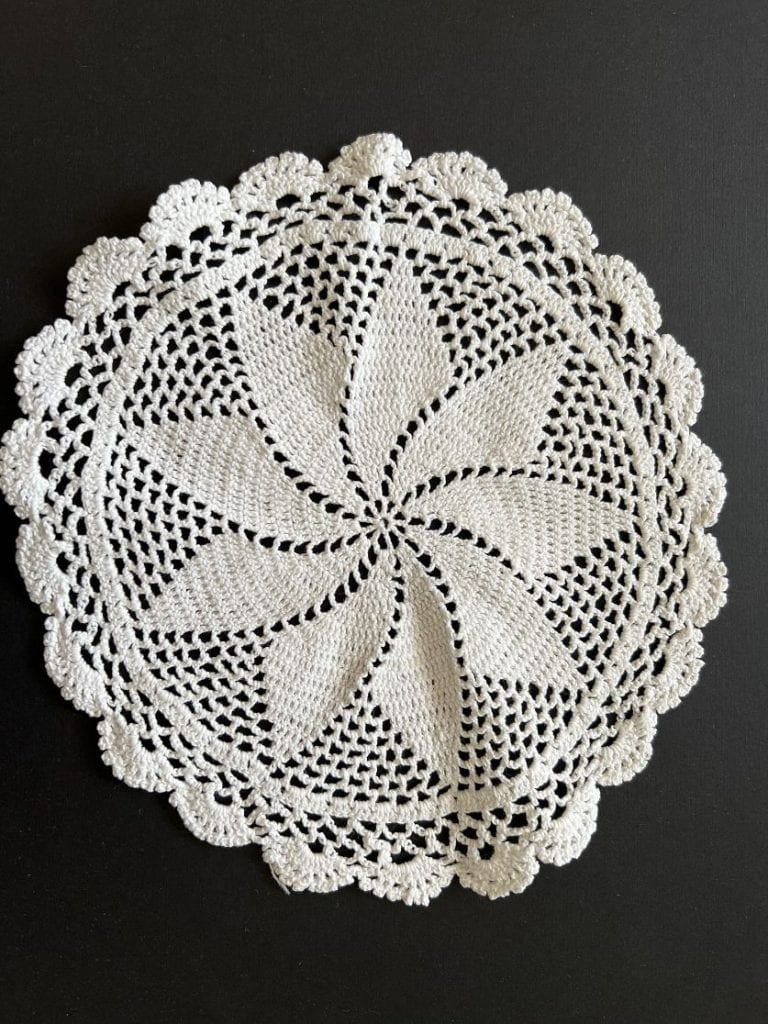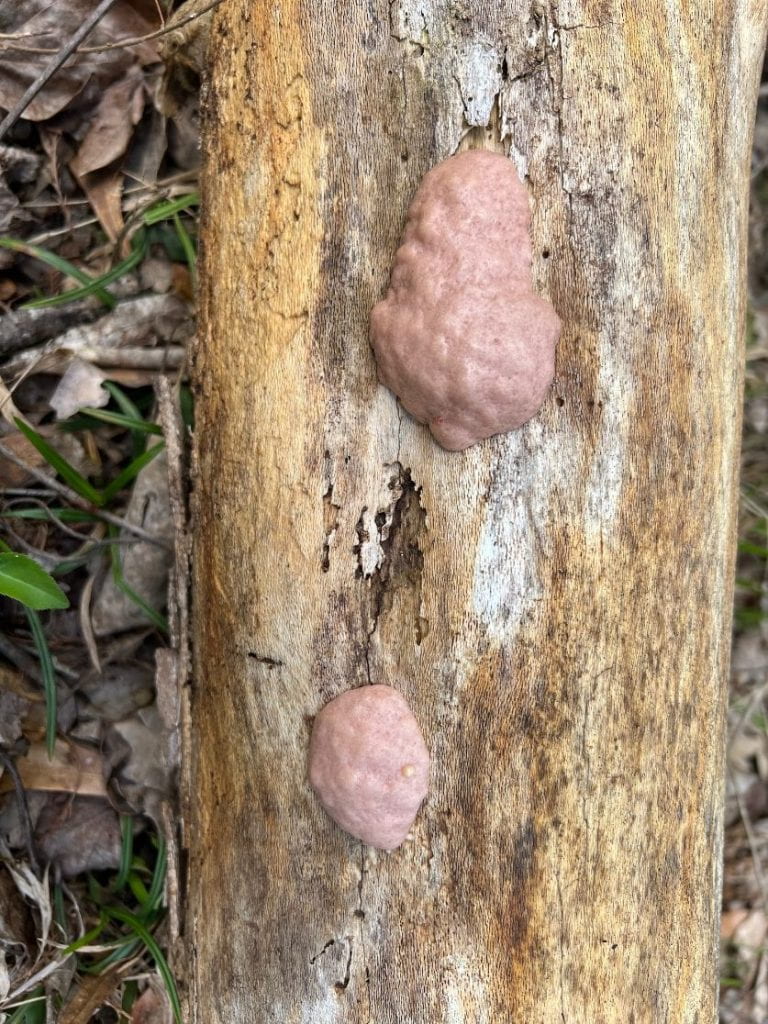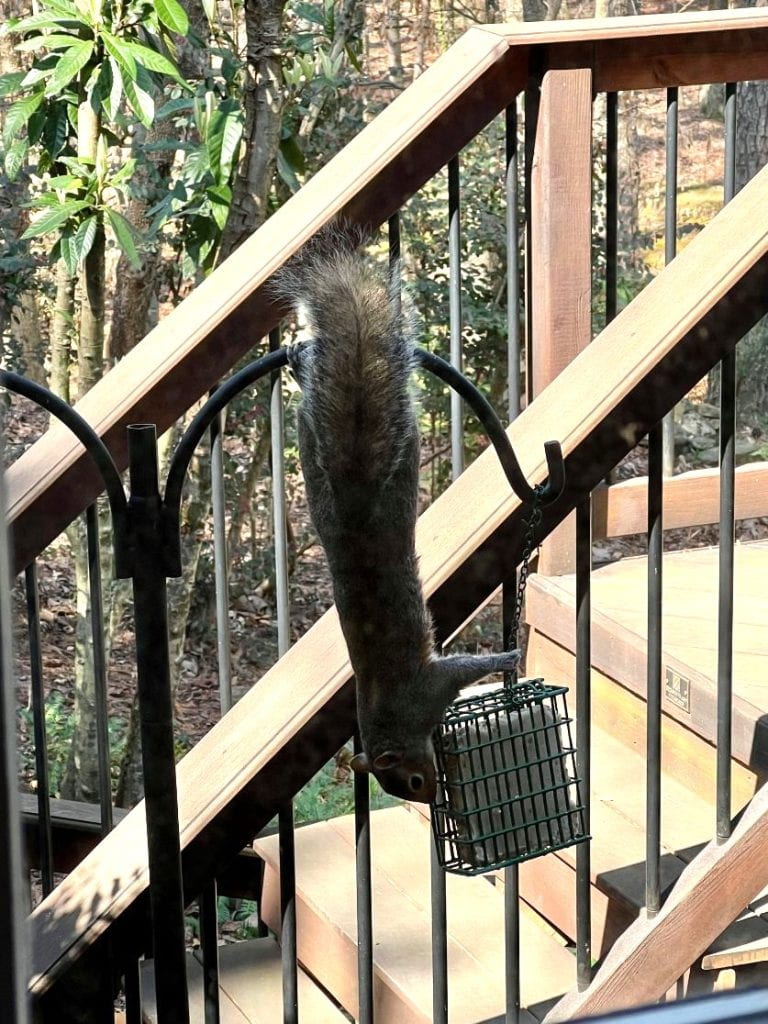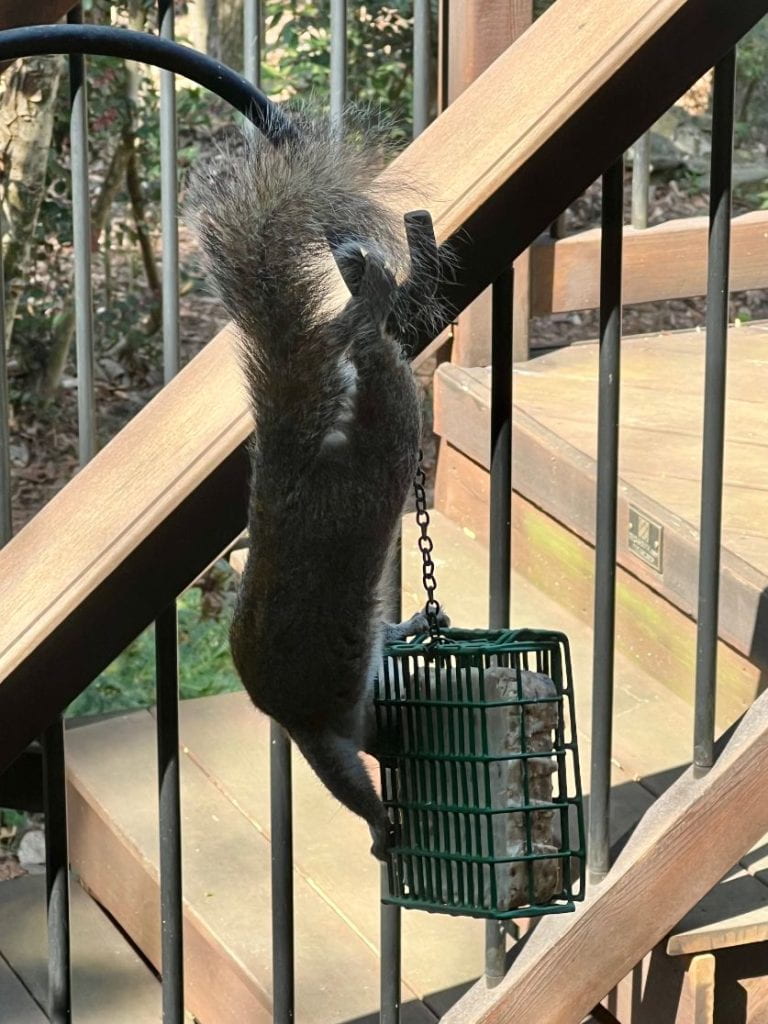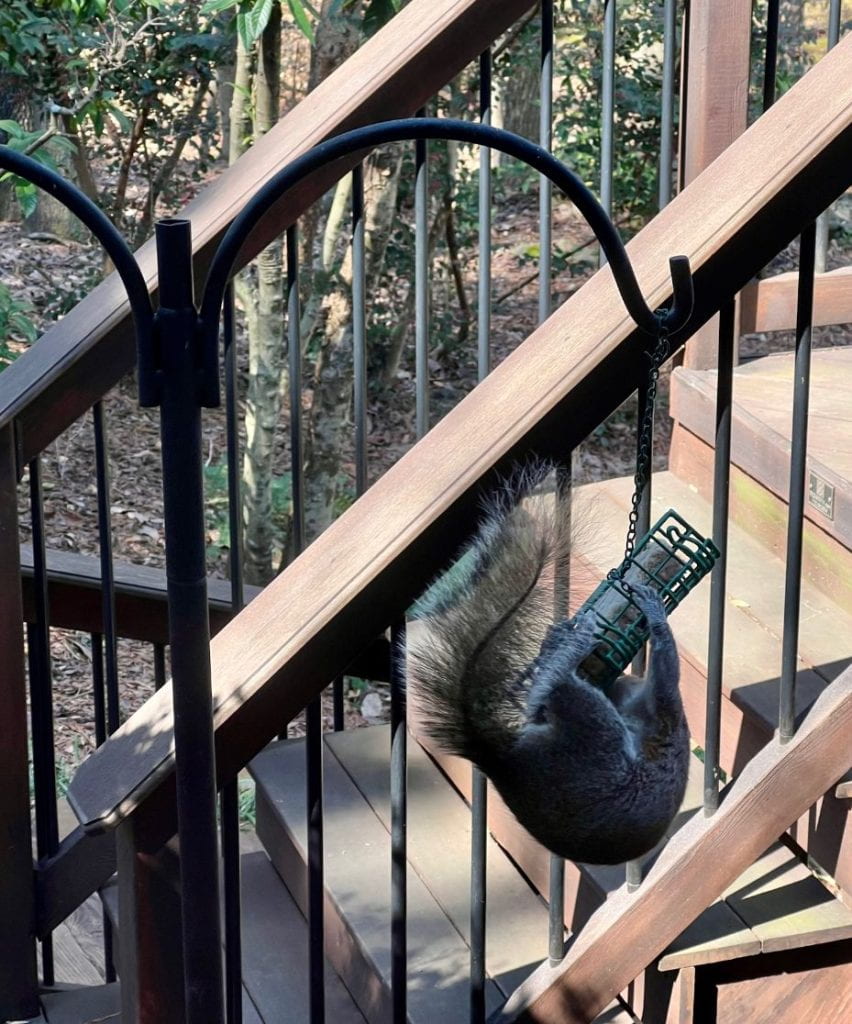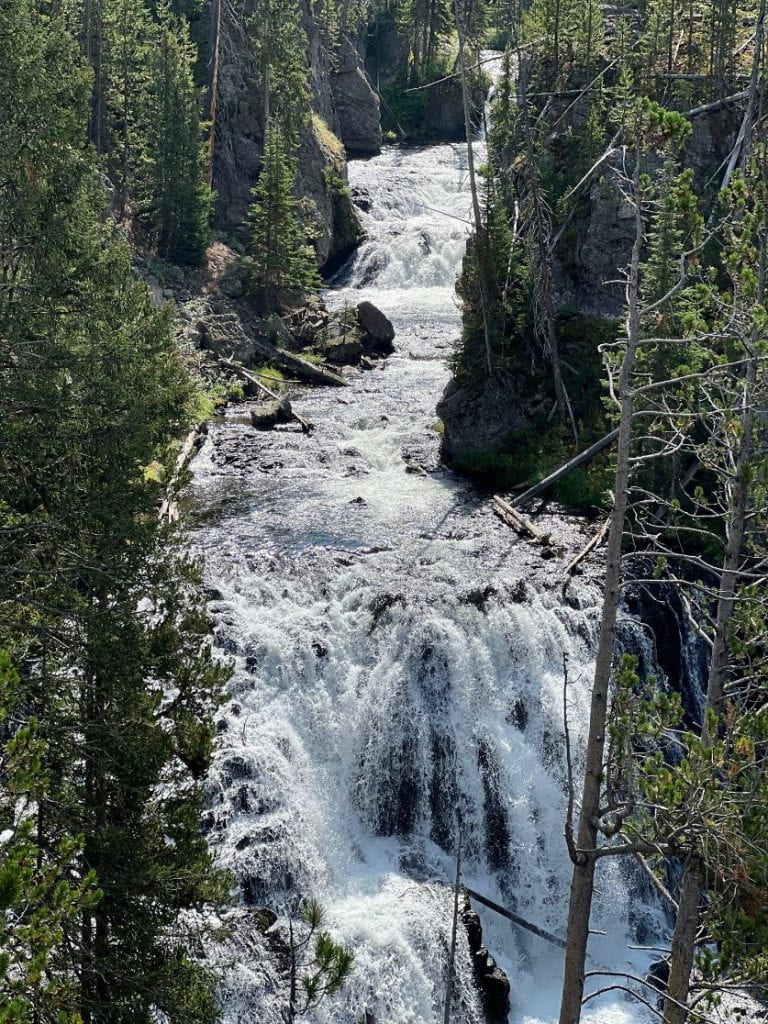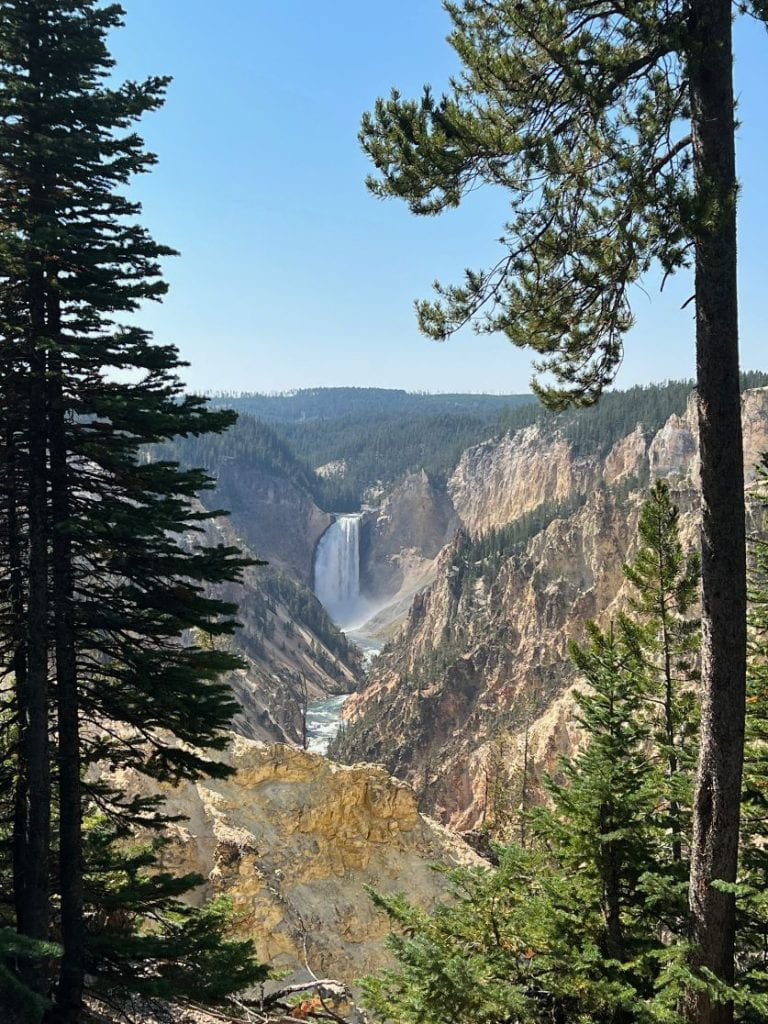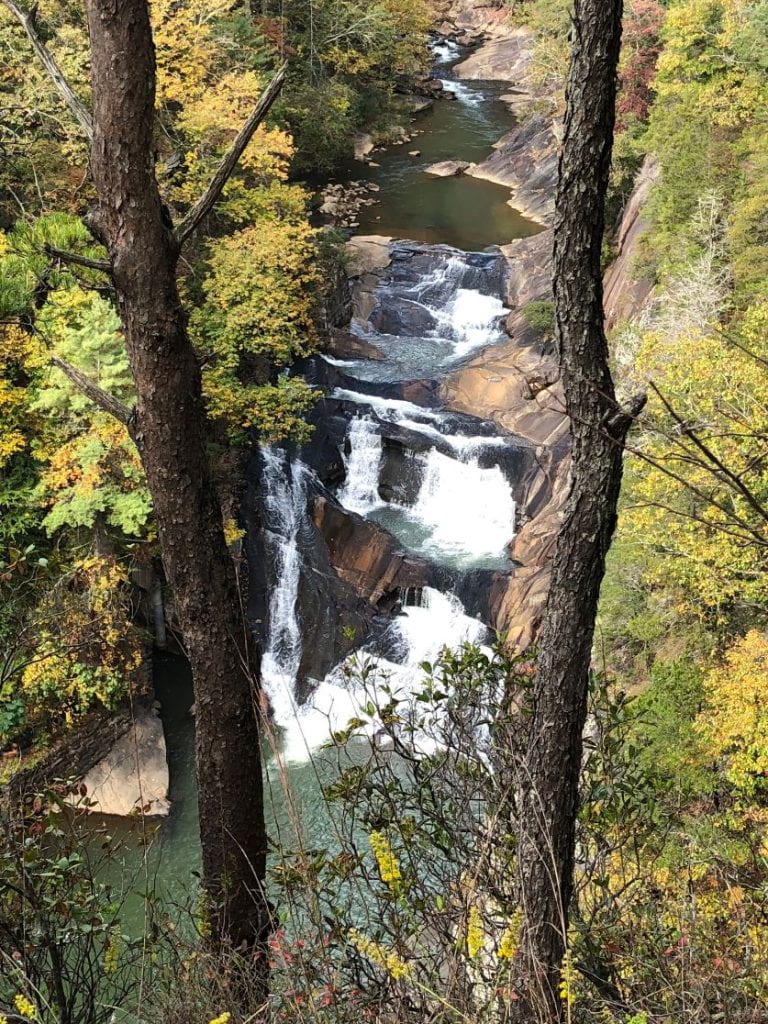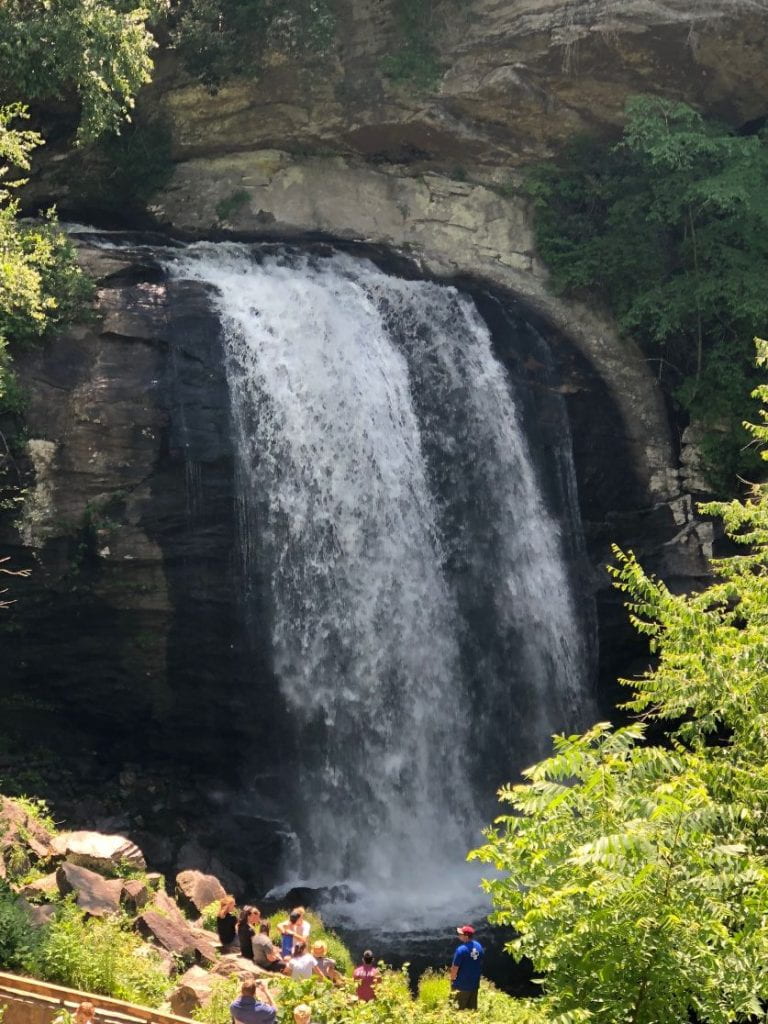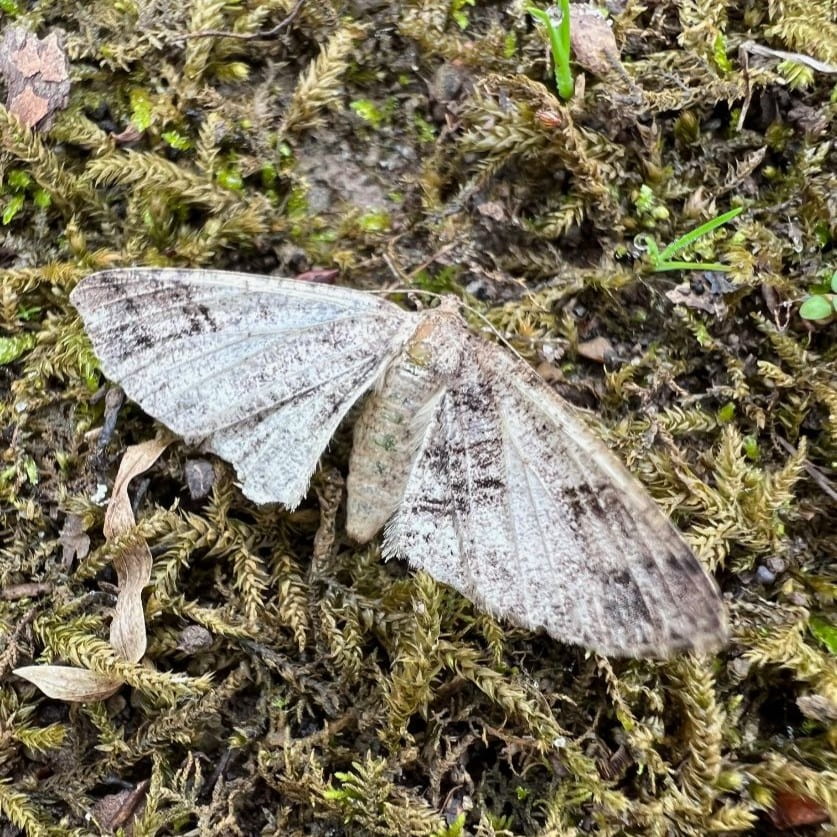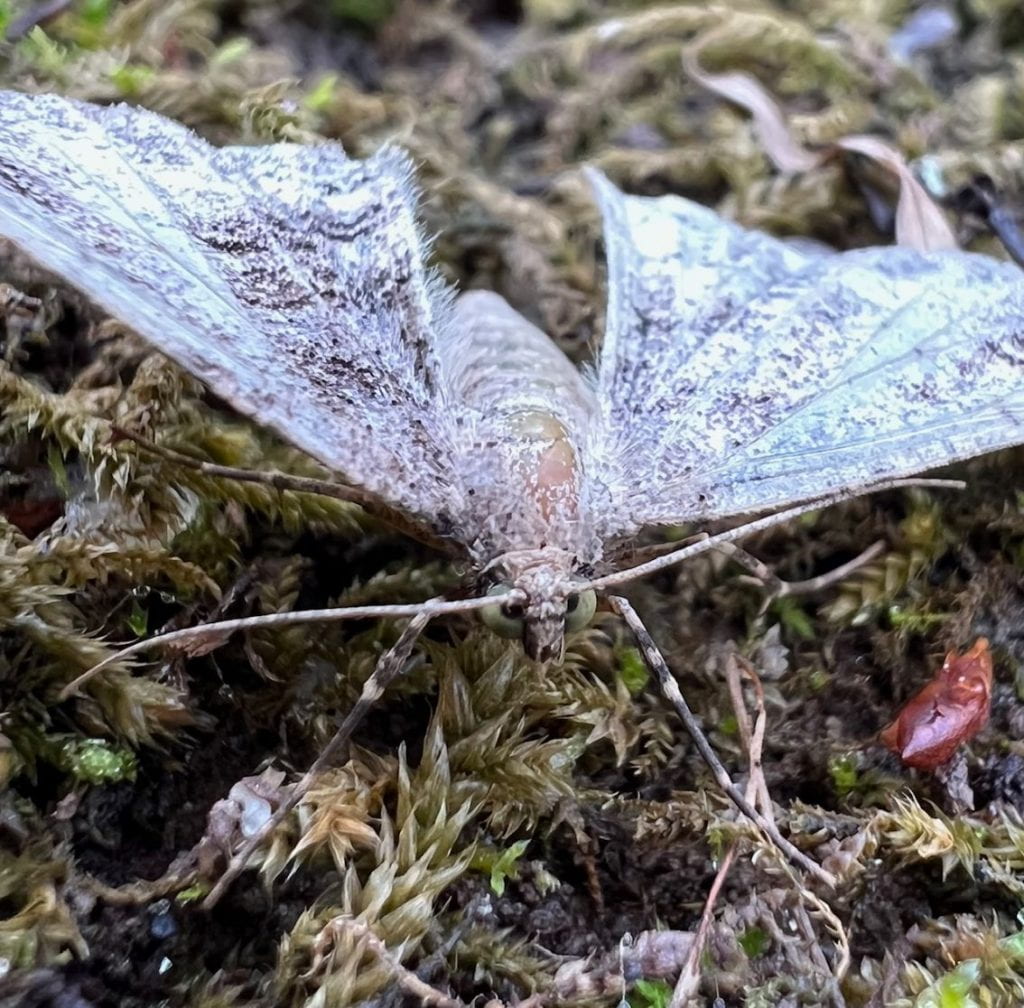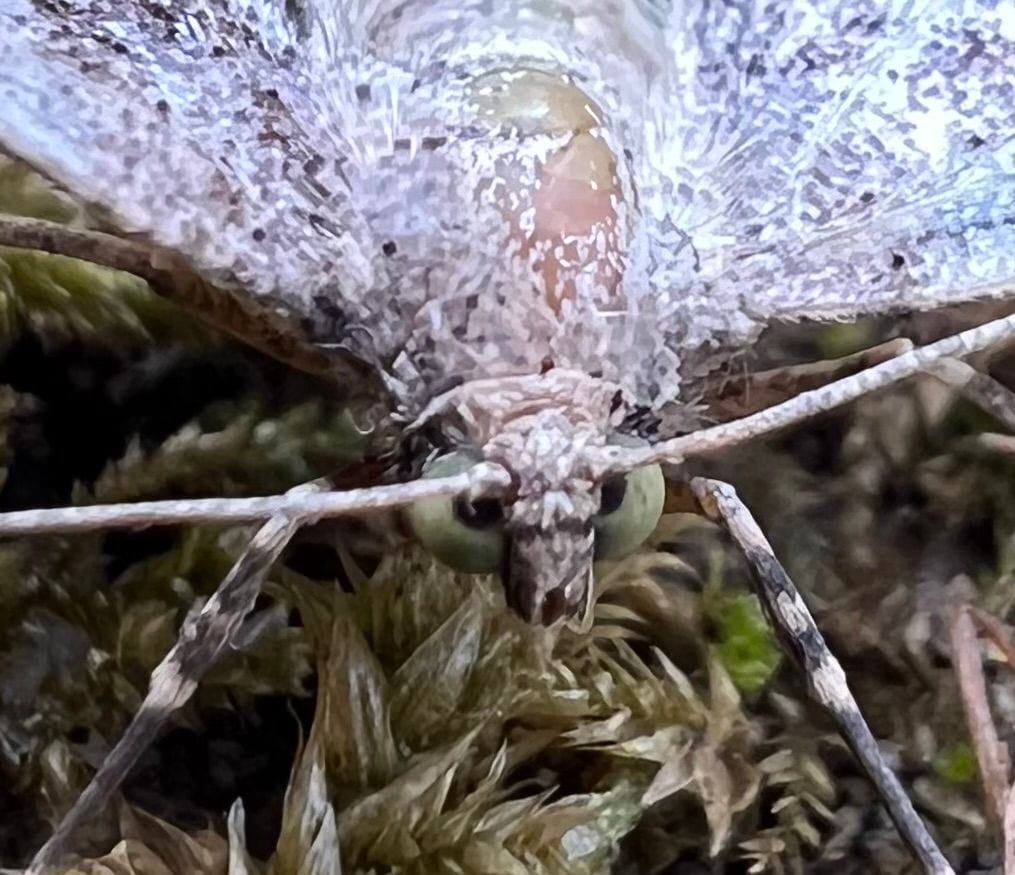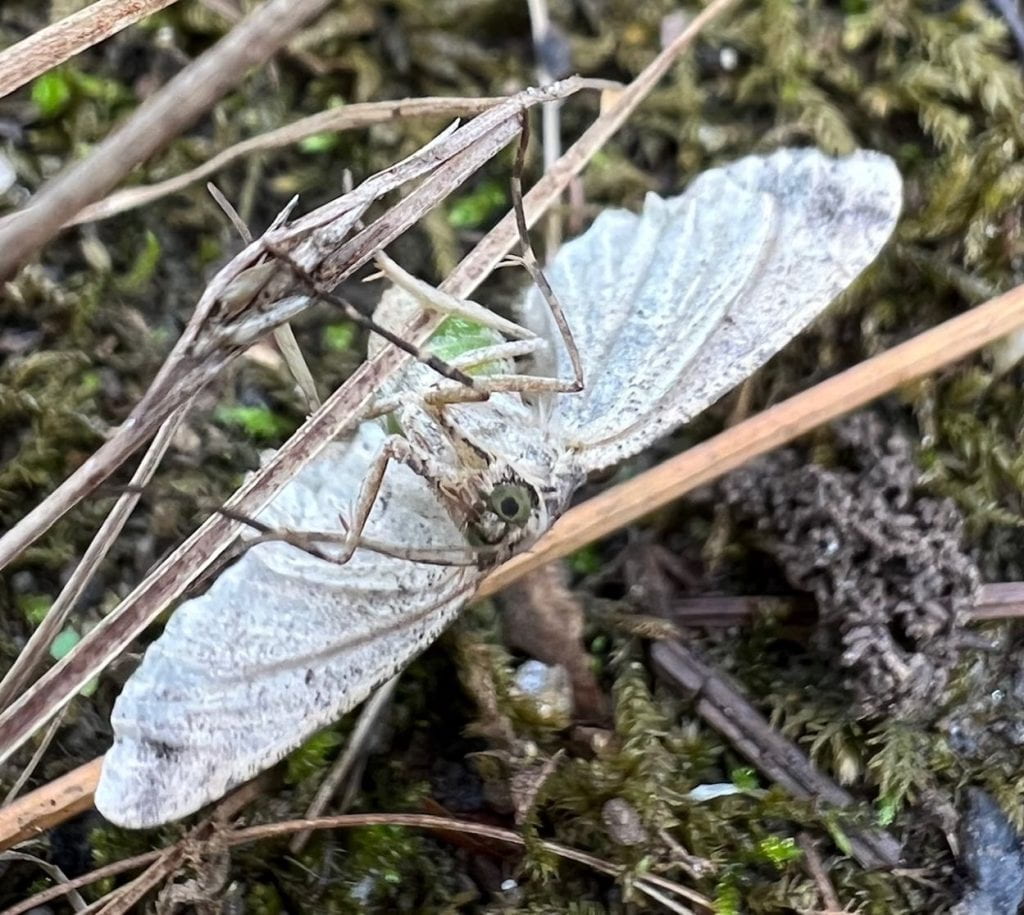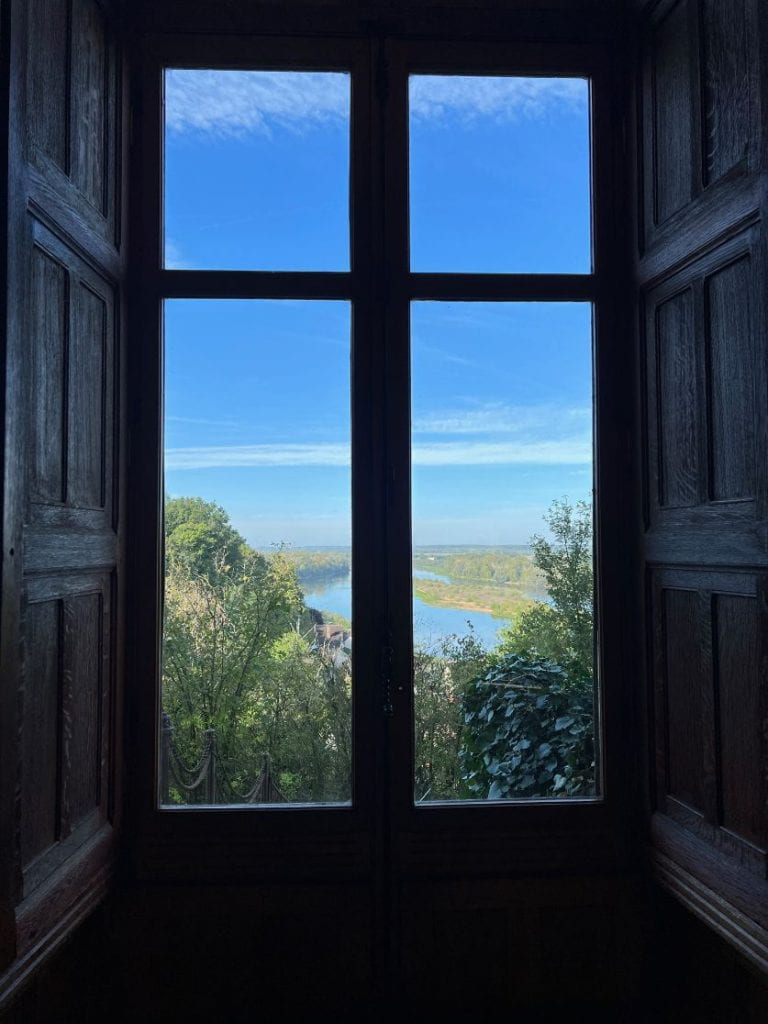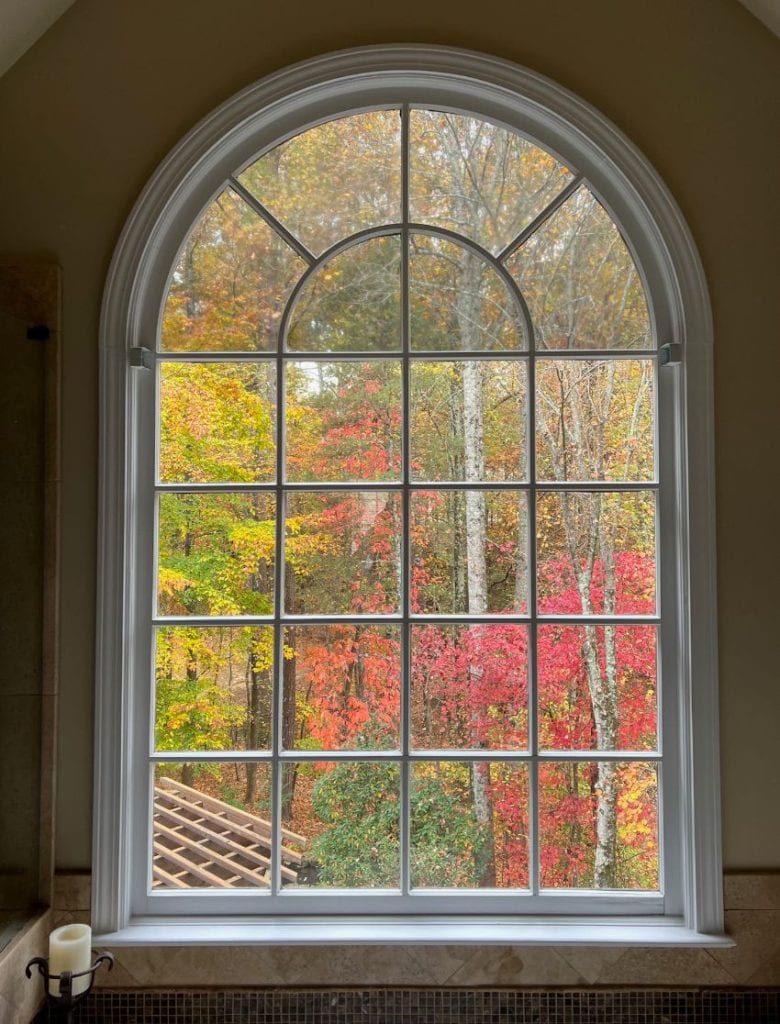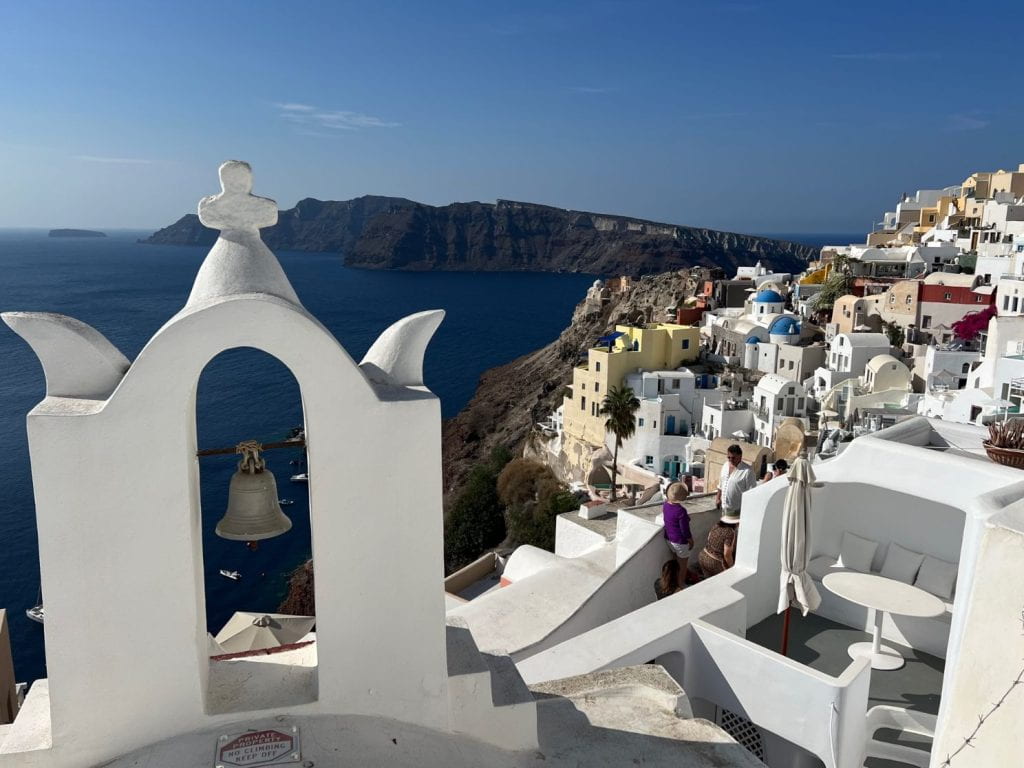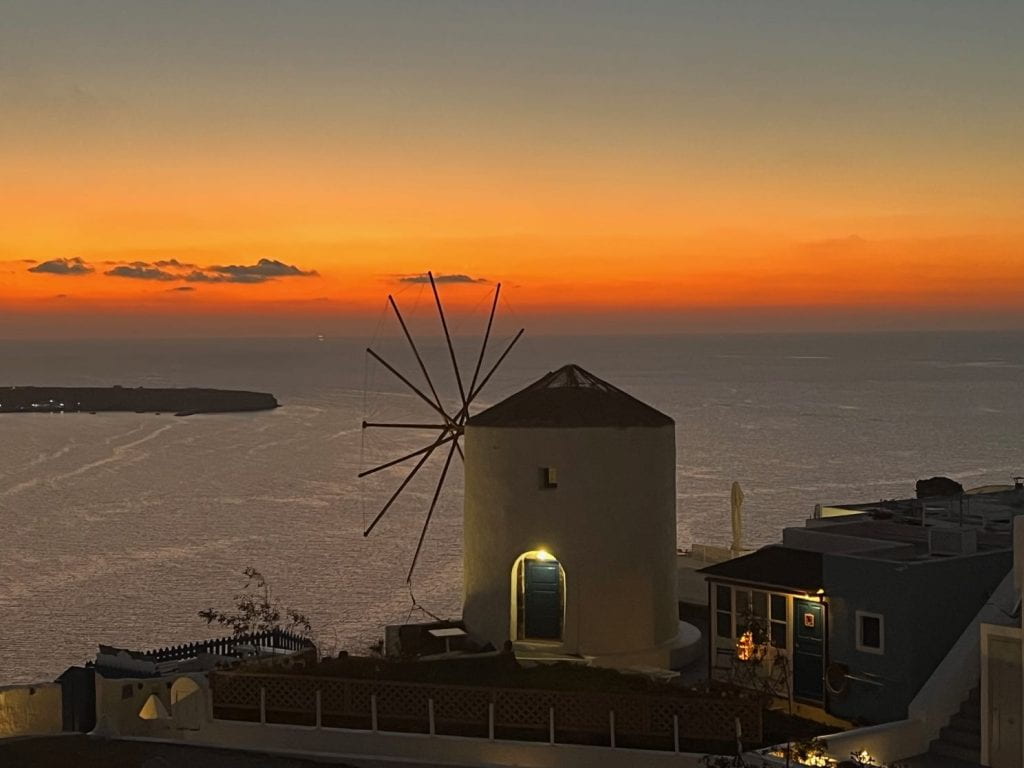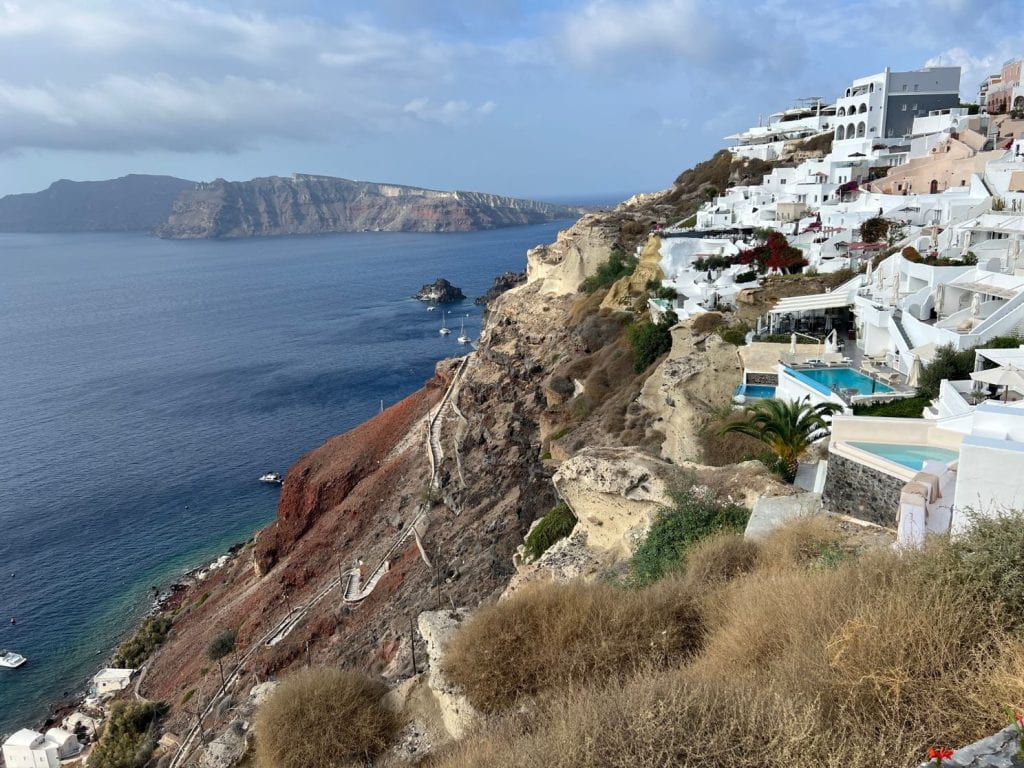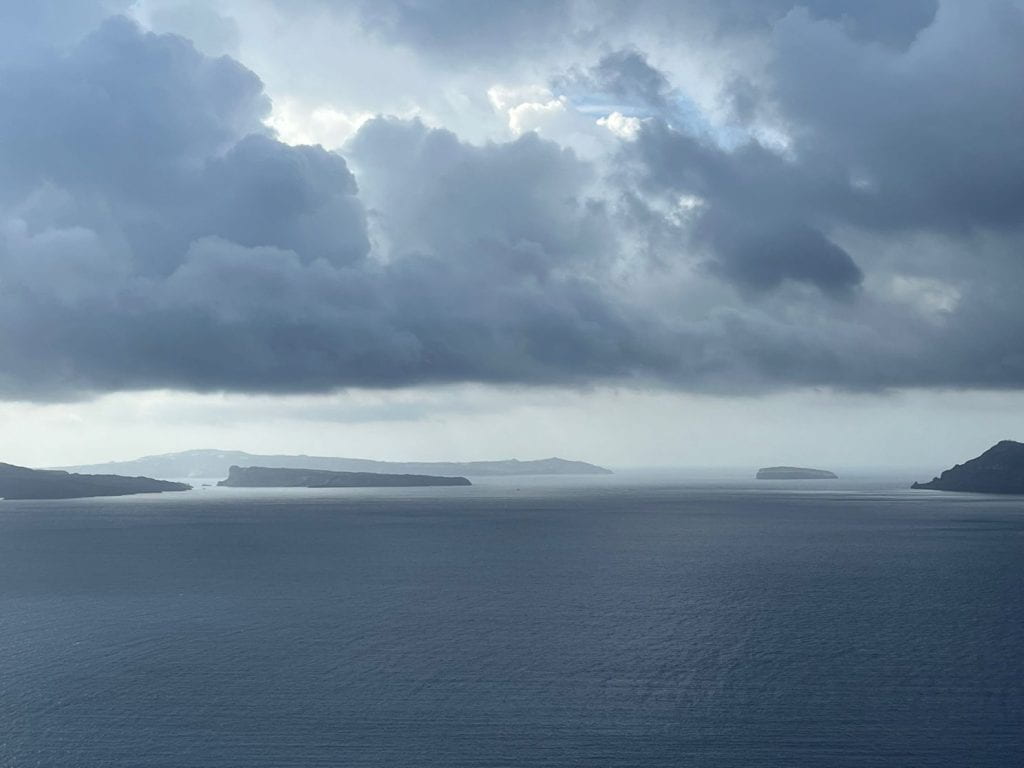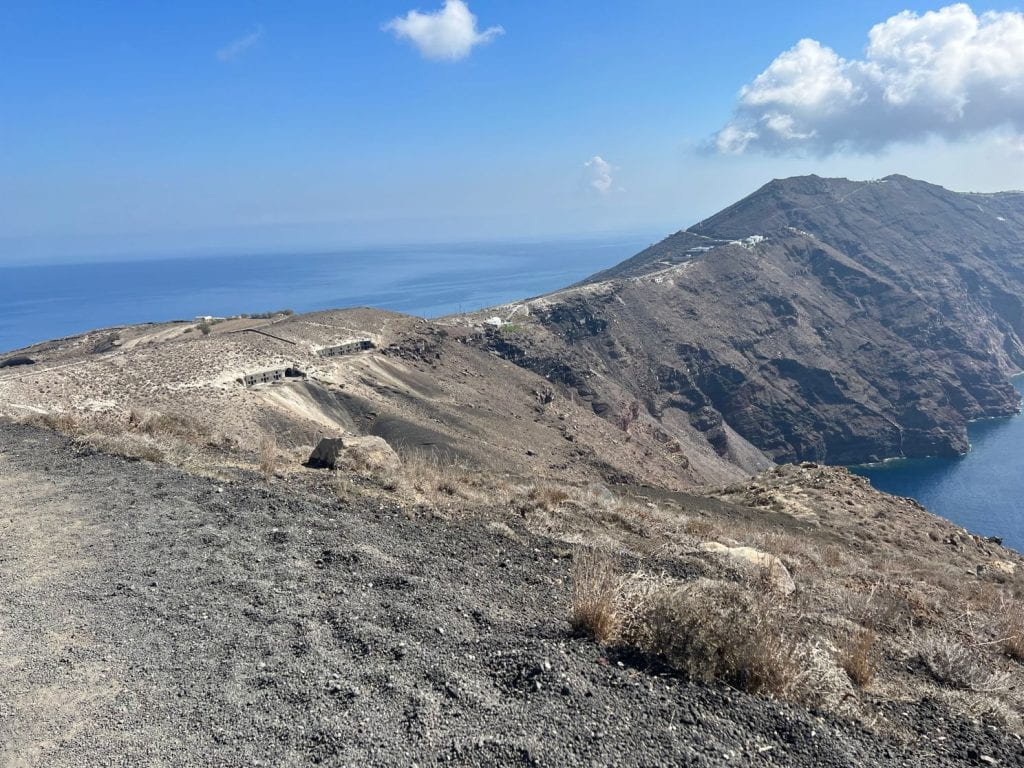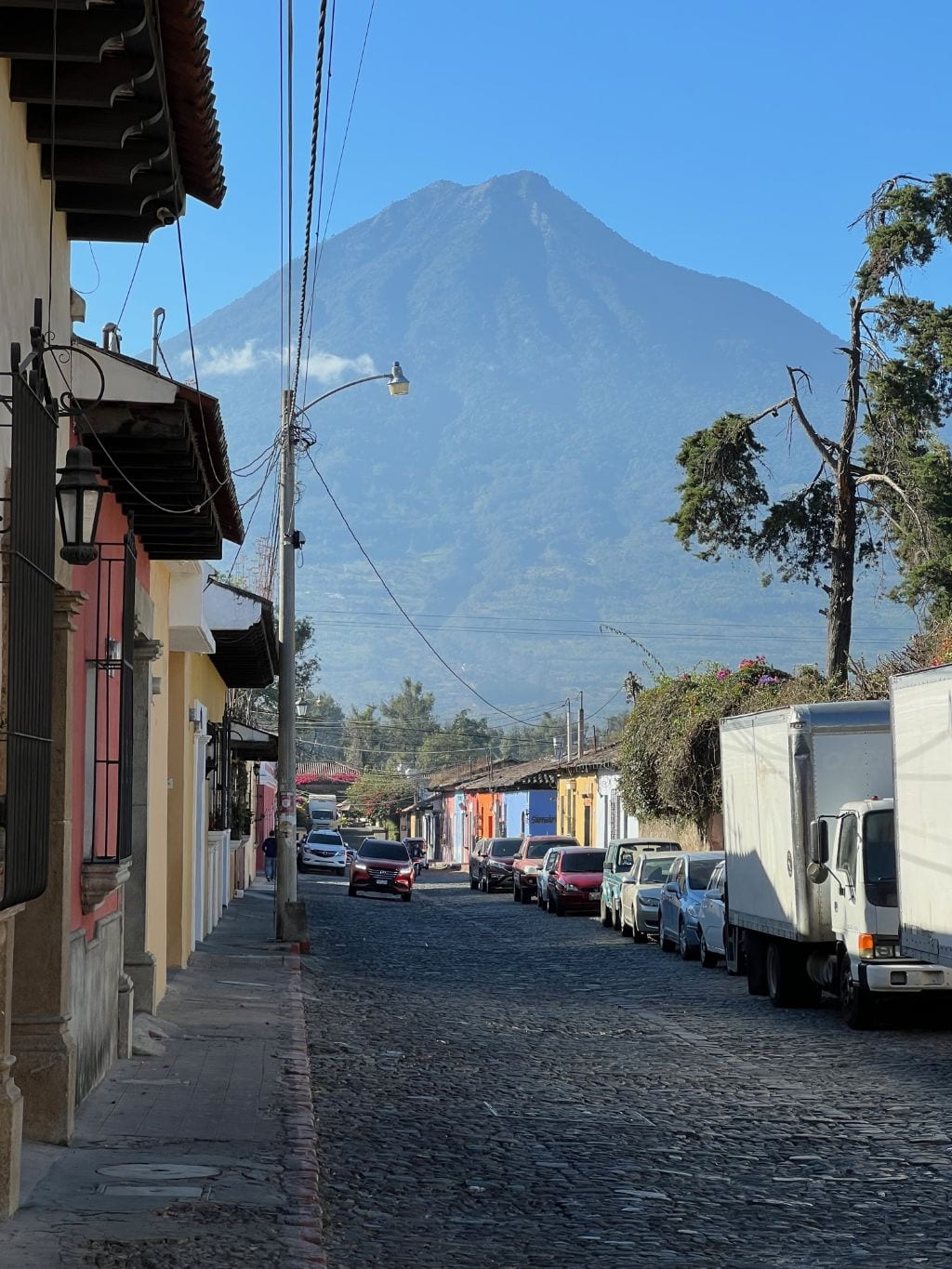The Doiley
I’ve been restoring antique linens that I inherited. Oh, how I wish I knew which hands crocheted each one. The beauty of these doilies is remarkable and what a fun way to learn math! The maker would also need excellent fine motor and focusing skills. They remind me of the intricate patterns in snowflakes. Many of the doilies I have are larger than these and in a variety of shapes.
Learn more about the history of the Doiley from Junkbox Treasures here and Wonderopolis here. I cleaned my vintage linens with Mama’s Miracle Linen Soak, an amazing product that has removed all the brown storage stains. What is the science?
The doilies were popular during the Victorian period. In one of the videos I watched, the antique dealer stated that doilies are making a comeback!
Related Posts
